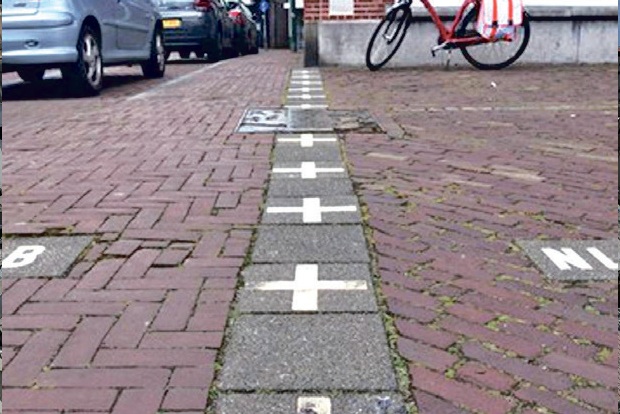Begin typing your search...
Baarle: Where borders don’t divide the town
In Baarle, a town on the Belgian-Dutch border, national borders run through private homes, restaurants, cafes, museums and galleries.

Chennai
That has both advantages and drawbacks. Red-brick houses, barns with big gates, tidy streets — at first glance, the town of Baarle looks no different than any other along the border between the EU member states of Belgium and the Netherlands.
But Baarle is special. It is only here that you can prepare your breakfast in one country — and then eat it in another. Or that you can sit comfortably in an armchair to watch a television that is on the other side of the border. In Baarle, it is even possible for a married couple to sleep in one bed with the wife lying in a different country than her husband. How is that possible? Baarle consists of parts of Belgium and the Netherlands that are so closely intertwined that the border between the two countries runs through a number of different buildings in the town: private homes, restaurants, cafes, museums and galleries. The exact location of the border is marked throughout the town with white crosses — Baarle’s trademark.
The history of this bizarre geographical phenomenon goes back to the Middle Ages, when properties were divided up between aristocratic families. “For example, in 1198, Duke Hendrik I of Brabant leased land in Baarle to the lord of Breda, but the latter was allowed to take only the properties that hadn’t been used for agriculture; the duke himself kept the land that was already cultivated,” Willem van Gool, the head of a local tourist office, told DW.
After Belgium declared its independence from the Netherlands in 1830, it became necessary to precisely establish the border between the two countries. Surveyors worked their way step for step from the coast of the North Sea to the border of the German states. But when they got to Baarle, they simply skipped over it, leaving the border issues there to be resolved later.
But that didn’t happen until 165 years later: In 1995, two municipalities were founded — Baarle Hertog in Belgium and Baarlae Nassau in the Netherlands. They include altogether 30 enclaves: 22 Belgian enclaves in the Netherlands, seven Dutch ones in those Belgian enclaves and one Dutch enclave in Belgium. “Considering that there are altogether only about 60 enclaves worldwide, we can say that we in Baarle are world champions with this number,” says Willem van Gool. But establishing the national borders did not make the situation in Baarle any simpler. On the contrary: Many streets, parks, car parks, shops, galleries and even houses were now part Belgian and part Dutch. To avoid constant arguments it was agreed that the nationality of a house’s residents would be determined by the location of the front door.
That caused headaches for several people in Baarle. In 1995, Dutch officials suddenly came knocking on the door of a lady who had lived for 68 years as a Belgian citizen in the town. “Your front door is in the Netherlands, so you are now a Dutch citizen,” they said. “Please get yourself a new passport.”
Luckily for the lady concerned, a compromise was found: A window and the door could be swapped around so that the entrance was now in Belgium, and she was able to keep her old passport.
This article was provided by Deutsche Welle
Visit news.dtnext.in to explore our interactive epaper!
Download the DT Next app for more exciting features!
Click here for iOS
Click here for Android
Next Story



